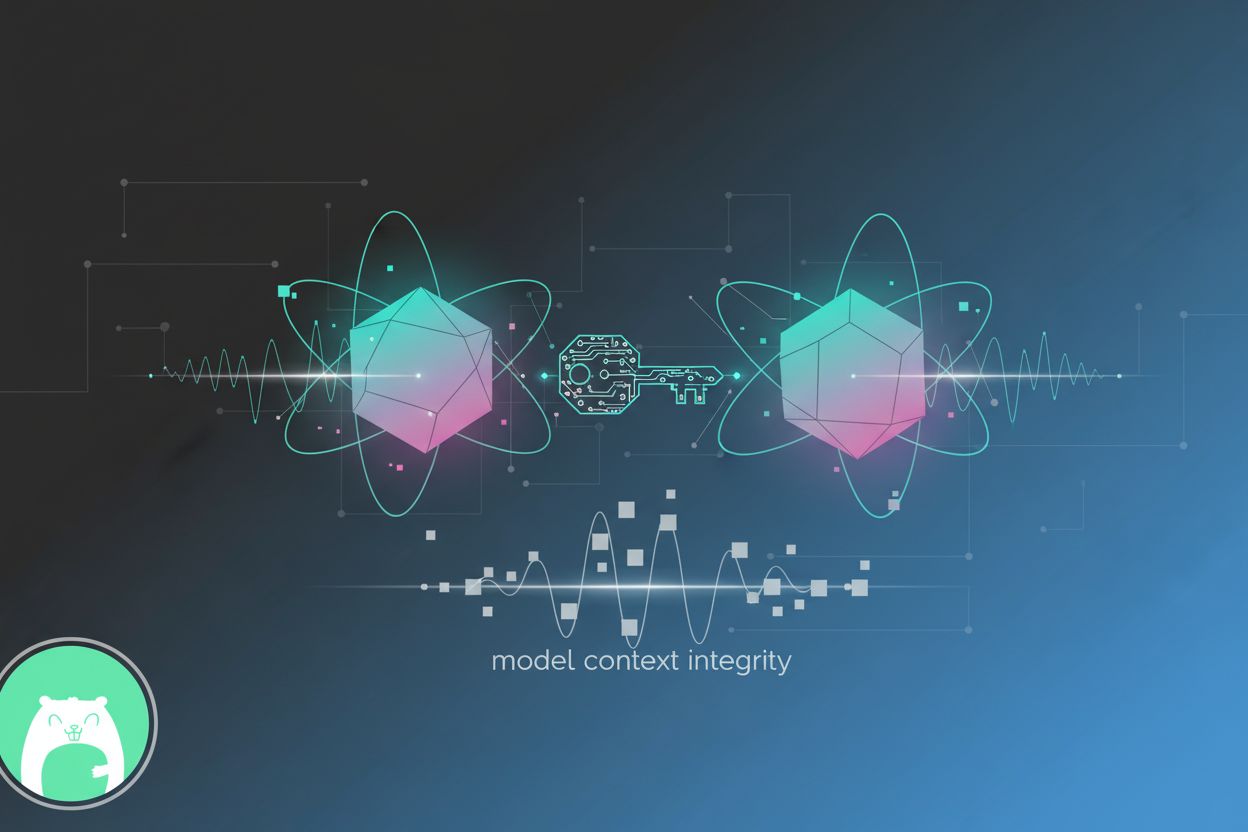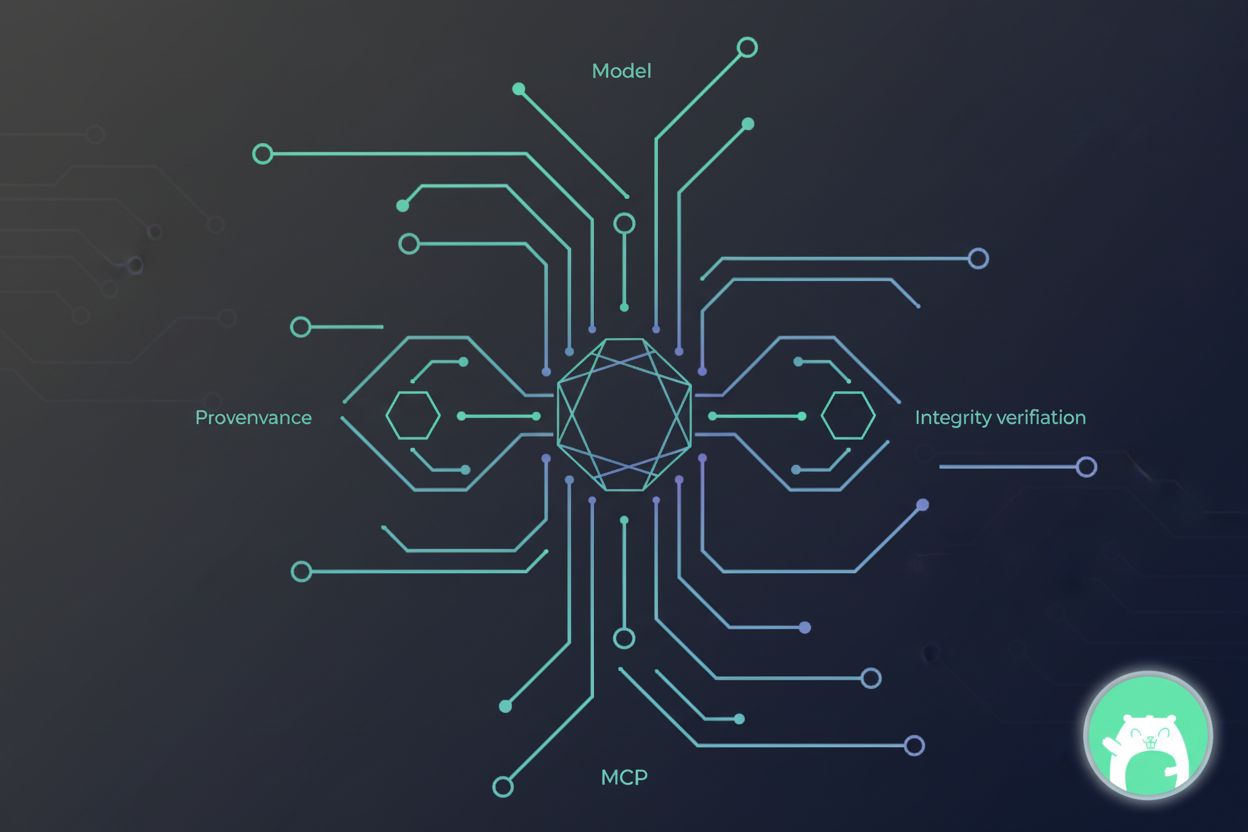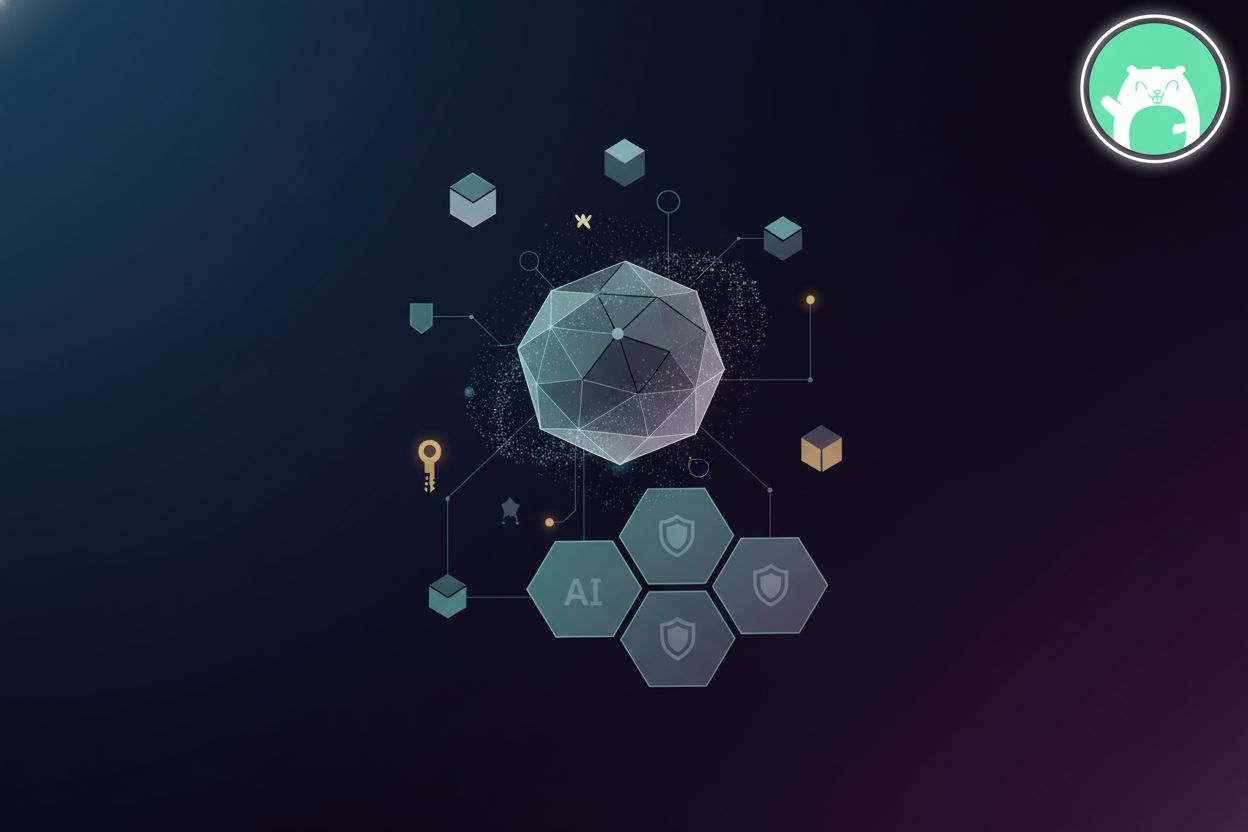Post-Quantum Key Exchange for Model Context Integrity

TL;DR
The Looming Quantum Threat to AI Infrastructure
Okay, so quantum computers are coming, and they're gonna be able to break, like, all our encryption? Yeah, that keeps me up at night too. It's not just some sci-fi movie plot, it's a real threat to our ai infrastructure.
Here's what's got security folks sweating:
- Current cryptographic methods aren't gonna cut it. Things like RSA and ECC, which are like, everywhere, are basically toast once quantum computers get powerful enough. We're talking about key exchange, digital signatures - the whole shebang. This means widely used public-key cryptography algorithms, fundamental for secure key exchange and digital signatures, are at significant risk.
- Model Context Protocol (MCP) is vulnerable. This is kinda the backbone of how ai models communicate securely; and if that's compromised, it's game over. MCP is a protocol that enables AI models to securely exchange information and context, ensuring they operate with the correct, up-to-date data and parameters. Think about healthcare ai sharing sensitive patient data, or a retail ai managing financial transactions.
- "Harvest now, decrypt later" attacks are already happening. Bad actors are snagging encrypted data now, figuring they'll crack it open once they got the quantum firepower. Attackers might be collecting encrypted training data, proprietary algorithms, or sensitive user interaction logs with the intent to decrypt them later, compromising AI models and their intellectual property. As qusecure.com put it, a lot of data needs to stay private for decades.
It ain't just about keeping secrets secret. Compromised ai can lead to... well, a whole lotta bad stuff. Think of it:
- Loss of training data, which can be a competitive advantage... or, y'know, contain personal info.
- Models spitting out wrong answers, leading to bad decisions in finance, medicine, you name it.
- ai services going down altogether because someone's busy decrypting stuff.
According to CISA, critical infrastructure depends heavily on encrypted digital communications. And they aint kidding around, if those communications gets compromised, everything from your bank accounts to medical records is at risk.
The good news is that a new generation of cryptography, known as post-quantum cryptography (PQC), is being developed to counter these threats. Next up? We'll look at how to fight back.
Post-Quantum Cryptography: A New Hope for AI Security
Okay, so post-quantum cryptography – or pqc – is basically a new set of cryptographic tools designed to resist attacks from both classical and quantum computers. Think of it as future-proofing our data in a world where quantum computers aren't just sci-fi anymore. It's a race against time, really.
Here's why we're even talking about this:
- Current encryption is vulnerable: The crypto we use every day, like RSA and ECC, is expected to be cracked by quantum computers. We needs something that's, y'know, quantum-resistant.
- pqc is designed to withstand quantum attacks: the goal is to develop cryptographic systems that are secure against both quantum and classical computers, and can interoperate with existing communications protocols and networks.
- Symmetric encryption isn't enough: While algorithms, like, aes are thought to be safe from quantum attacks, the key exchange process is not. While symmetric encryption algorithms like AES are generally considered resistant to quantum attacks, the process of securely exchanging the secret keys used by these algorithms often relies on public-key cryptography, which is vulnerable. We need a secure way to establish those keys in the first place.
Next up, we'll explore how these PQC mechanisms can be applied to secure AI model communication.
PQC Key Exchange Mechanisms for MCP Security
Okay, so, how do we actually use all this fancy post-quantum crypto to protect our ai models, right? It's not as scary as it sounds, promise.
Basically, we're talking about swapping out old key exchange methods with, like, CRYSTALS-Kyber or some other pqc key encapsulation mechanism (kem) that's nist-approved. Think of it like upgrading the locks on your house before the burglars get the quantum lockpicks.
- Integrating PQC KEMs into MCP: This involves modifying your Model Context Protocol (mcp) to use these new algorithms. For example, healthcare ai systems sharing patient data could use CRYSTALS-Kyber to protect the initial key exchange. This mean that even if someone intercepts the communication, they can't decrypt it, even with a quantum computer, as rambus.com explains, PQC is designed to withstand attacks by quantum computers.
- Key Generation, Distribution, and Storage: You need to generate, distribute, and store these keys securely. This is super important. If the key gets compromised, the whole system does too. Think hardware security modules (hsms) or secure enclaves.
- Balancing Security with Performance Overhead: pqc algorithms can be slower than the old ones, so you gotta balance security with performance. You don't want your ai to grind to a halt just because you're being extra secure. This might involve choosing algorithms that offer a good trade-off between security strength and computational cost, or implementing hybrid approaches that combine PQC with classical cryptography for certain operations. It's all about finding the right sweet spot.
So, yeah, it's a bit of work, but it's totally worth it to keep your ai safe from quantum shenanigans. Next up, how to stay agile in a world that's always changing.
Ensuring Model Context Integrity with PQC
Wow, so we've made it to the end of this quantum rabbit hole, huh? It's easy to get lost in the weeds, but let's bring it back to protecting our ai.
- Verify context integrity: after that key exchange, how do you know the model context hasn't been messed with? Use digital signatures and hash functions; make sure those bits haven't been tampered with. Digital signatures can be used to authenticate the origin and integrity of model updates or context data, while hash functions can create unique fingerprints of the data to detect any unauthorized modifications. Think of it like a digital wax seal.
- Audit trails are your friend: Track every context change. This way, if something does go wrong, you can see how and when it happened. Like reviewing security camera footage after a break-in.
- Granular policies are essential: Don't give every model access to everything. Limit access based on need. Healthcare ai, for example, should only access the minimum patient data required for its task.
Zero-trust? It ain't just a buzzword. It's a mindset--never trust, always verify. Assume every access request is hostile until proven otherwise. As CISA notes, it's about preparing for a new post-quantum cryptographic standard to defend against future threats.
By understanding the quantum threat and embracing post-quantum cryptography, we can build robust and secure AI systems. The journey involves integrating new cryptographic standards, maintaining vigilance, and adopting a zero-trust mindset to protect our increasingly AI-dependent infrastructure.





